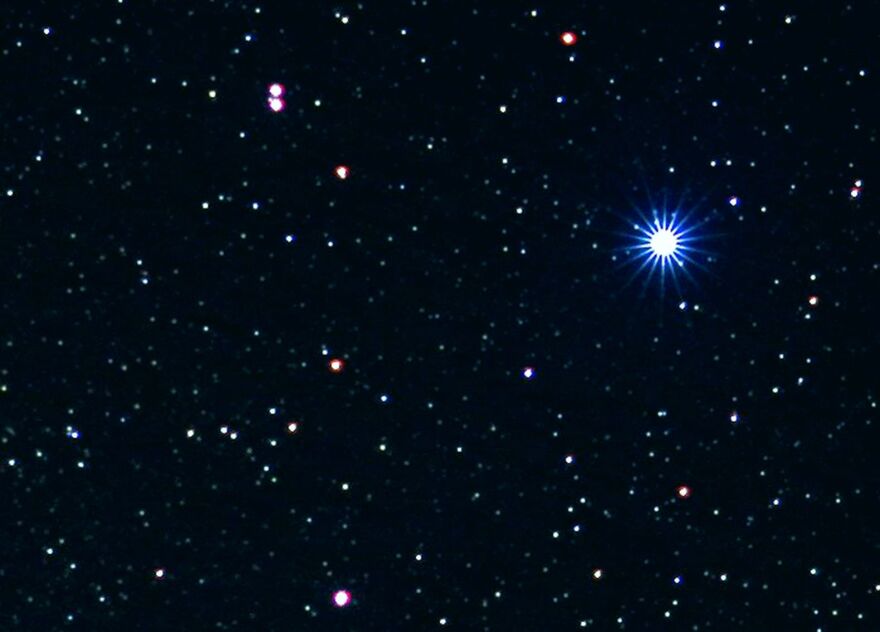I'd already taken dictation from my grandmother on the facts of Grandpa Baron's life. For a person I'd spent so much time with, there was so much I didn't know.
I knew he was a pilot. That he could watercolor a cloud. I knew he engineered heat shields for Apollo missions.
But his eyes reached even higher, even farther: my grandmother mentioned that they'd hiked to Mauna Kea observatories, the summit of a mountain in Hawaii where you can see and study all the stars you can imagine.
On the day I'd set aside to write up all of this and more, I went into labor.
My husband Greg and I had a big adventure meeting the first person in our family ever to be early for anything.
She came on fast and strong and funny. While we were working together writing paychecks around midnight, contractions dropped from 12 minutes apart straight down to two, leaving me unable to pack a bag.
So we tossed an entire load of clean laundry in a duffel, and left without even my wallet.
She zoomed out fast and calm, making me laugh at the moment of delivery, which is all I ever wanted.
Her name is Vega.
Vega is a bright blue star -- the first star ever to be photographed. In the northern hemisphere, it is always visible.

Vega the star is a part of Apollo's harp, otherwise known as the Lyra constellation.
Vega was Amelia Earhart's airplane-- the one she used to be the first woman to fly across the Atlantic.
Vega is the name I whispered to my grandfather months ago, before I knew any of this, telling him not to tell anyone that's what we'd picked.
On October 19, a few days before Grandpa's 97th birthday, almost a month before our daughter's entrance, a piece of space rock entered our solar system. A comet or meteor, maybe. It was the first inter-stellar visitor from one solar system to another in recorded history.
Someone at a Hawaiian observatory, high on a mountain, discovered it. It came from the direction of Vega.

Someday, we will take our daughter Vega to Hawaii. We will climb a mountain like her great-grandfather did.
They missed each others' trajectories by only 12 days -- although he did feel her kick from her little zero-gravity beyond.
We will see what we can see in the sky. We will feel small, and brief.
For now, I will look up and see my family, stretching both to past and future, in the clouds, the airplanes, the stars, the sky, as I welcome our cosmic visitor to this planet.
Julia Pistell is a writer who lives in Hartford, Connecticut. She and her husband founded Hartford's Sea Tea Improv.










